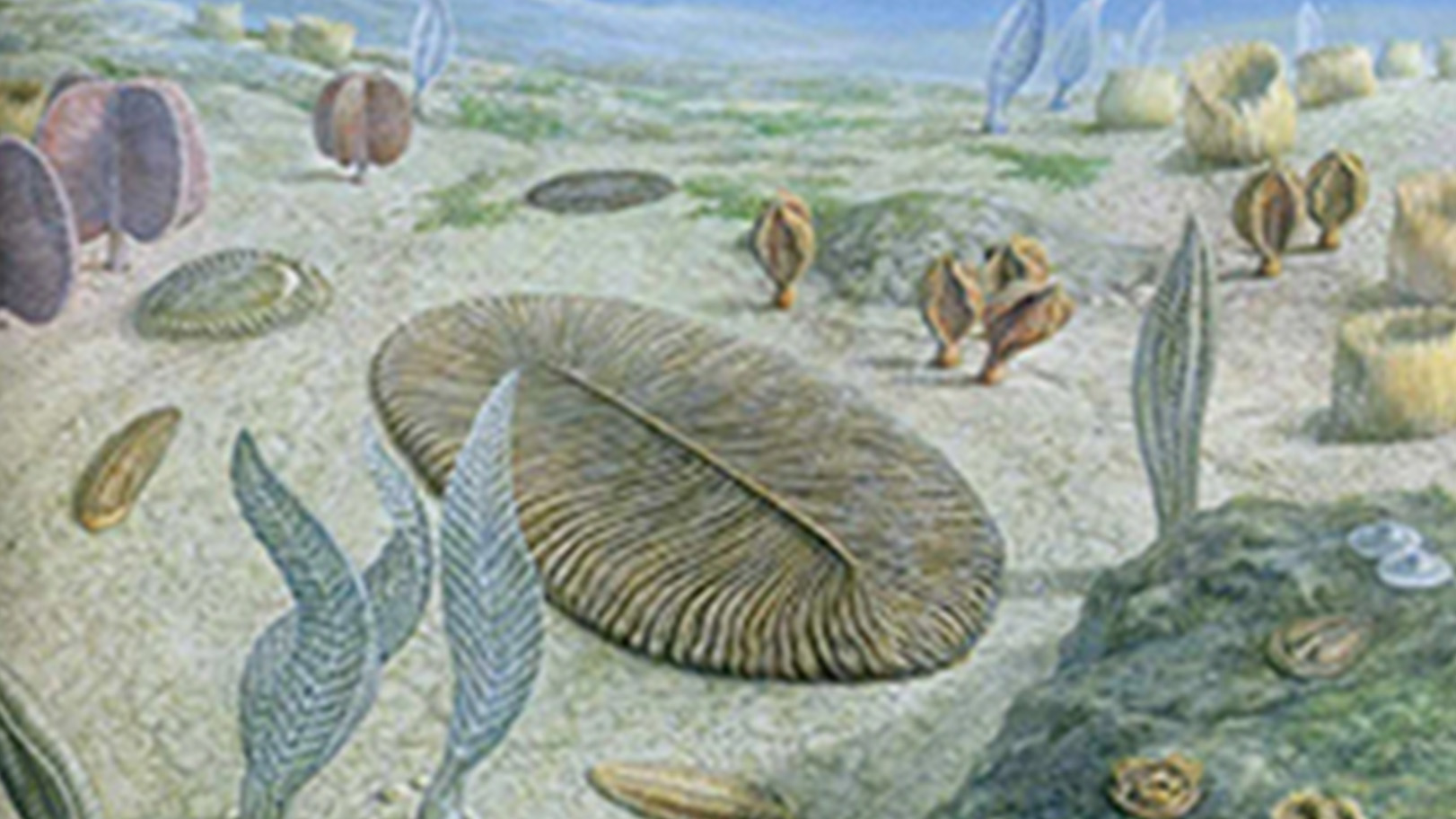Some evolutionists say that they will consider evolution refuted if they are shown a rabbit fossil from the Pre-Cambrian period. So, they call the creationists to present such a rabbit fossil. In that case, is it possible to find this fossil? What does finding or being unable to find it say in terms of creation? Does the fact that rabbits did not exist during the Pre-Cambrian period offer a proof for evolution?
The Imaginary Pre-Cambrian Rabbit
Such a fossil is a metaphor first introduced by the well-known 19th century British evolutionist J.B.S. Haldane. Haldane argued that the discovery of a rabbit fossil in the Pre-Cambrian layers would be enough to destroy his belief in evolution and called on the creationists to present the said fossil unearthed from the layers dating back to the Pre-Cambrian period. Today, some evolutionists like Richard Dawkins are rehashing this symbolic claim. According to the evolutionists, a "modern" life form, as they call it, such as rabbit cannot be found in a period dominated by so-called "primitive" creatures. If such a rabbit fossil is to be found, the evolutionary process that is claimed to follow a path from primitive to sophisticated will be refuted and evolutionists will renounce their belief in evolution.
Preparing Earth for Life
First of all, paleontology unveils the history of life on earth that spans millions of years. This process begins 3.6 billion years ago with the emergence of the first living organisms called algae (stromatolites). These life forms capable of photosynthesis, an ability that cannot be imitated by even the most advanced modern laboratories, were not primitive at all and initially, they filled oceans with oxygen.
And the emergence of marine life with all its diversity over a geologically brief period of time is called "the Cambrian Explosion", which occurred 540 million years ago from today. Some 100 phyla, in other words diverse body plans and forms, known throughout history, appeared en masse in this period at the very beginning of the history of life. The fact that the number of phyla that are alive today is fewer in numbers and that only 50 phyla remains is in sharp contrast with evolution, clearly indicating that diversity did not follow a path from primitive to sophisticated at all.
According to the latest data and analyses, the complex plant life on land similarly began approximately 500 mn years ago with the Cambrian period.[1] Our atmosphere became habitable after it had been filled with oxygen, which was made possible due to the photosynthesis by land plants, algae in particular.
Land life forms, on the other hand, appear only later as shown by the current fossil record. Although it may appear as a sequence, the formation of a habitable environment is a must. Without a breathable atmosphere, life would never thrive on land.
The data indicates that Cambrian was a period where atmosphere was being prepared to become habitable for land life forms. It is quite obvious that land animals could not come to life during the Cambrian period during which our atmosphere was made breathable. Since the inhabitable conditions had not been ready yet, it is clearly impossible to come across the fossil of a land mammal like rabbit during this period.
Complex Life Forms Existed at the Very Beginning of the History of Life
It is imperative that we lay emphasis on evolutionists' primary claim here. The said claim is the presupposition that a process from primitive to sophisticated took place, which has already been debunked with the Cambrian period life forms.
With its double-lensed compound eyes, the trilobite, one of the Cambrian period life forms, has a far more complex eye structure than modern life forms. Complex systems such as digestion, circulation and gills of many life forms were already in their most complex and advanced forms in this period that they first emerged.
Life Forms Did Not Change or Evolve
Some 800 million fossils that were entered, dated and classified in the fossil record have maintained the same symmetrical, intact body structures and perfect limbs that they possessed the moment they first emerged throughout the history.
In the fossil record, life forms are always unaltered without undergoing any change or conversion even after millions of years. This is why paleontology defines such invariance in the existence of species as "stasis". Despite being a proponent of evolution, the American paleontologist and science historian Stephen Jay Gould wrote the following about two of the most distinguishing features of the fossil record:
The history of most fossil species include two features particularly inconsistent with gradualism:
1) Stasis: Most species exhibit no directional change during their tenure on earth. They appear in the fossil record looking much the same as when they disappear; morphological change is usually limited and directionless.
2) Sudden appearance: In any local area, a species does not arise gradually by the steady transformation of its ancestors; it appears all at once and “fully formed.”[2]
As can be seen, the fact that life forms appeared suddenly on the stage of history and has always remained unchanged undeniably proves that the imaginary evolutionary process has never taken place.
Conclusion
Instead of imaginary examples, evolutionists bear the burden of proof as to how the first life form could emerge without a creative force. Rather than addressing this fundamental issue, they disprove their own belief systems by giving examples that refute their own claims. Evolutionists are well aware that a protein cannot come into existence by itself or that a complex cell cannot form on its own. Life has a complex organization at every level and is the work of the creation of God, the All-Knowing, the All-Wise, the Almighty Creator.


